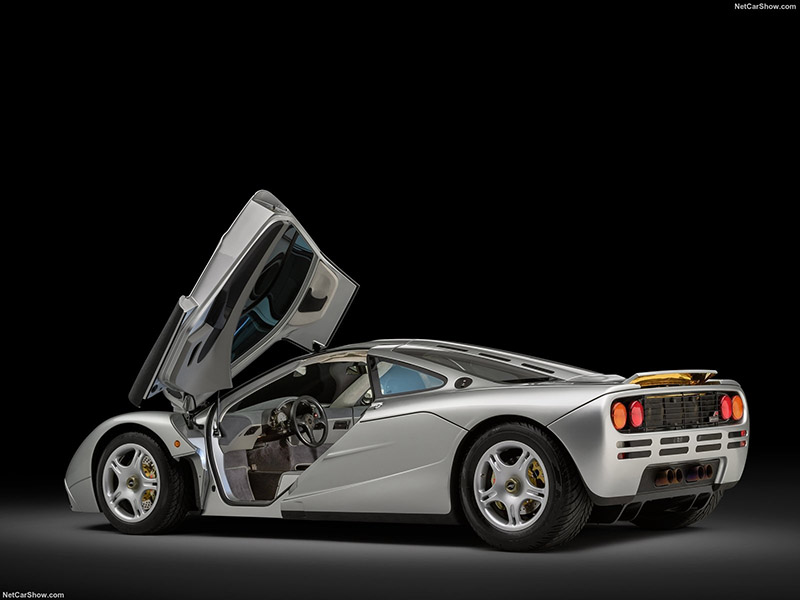The last time Gordon Murray penned a car, it resulted in the incredible 1992 McLaren F1 — universally acclaimed as one of the best supercars of all time.

And now he’s put pen to paper again (or more likely an electronic pen to tablet.) Whichever the case, the world is waiting with bated breath for the new GMA T.50 supercar. GMA stands for Gordon Murray Automotive (GMA), the Surrey-based automotive firm the recently knighted British Formula One/road car designer established after leaving McLaren Cars in 2005.

Like the iconic McLaren F1, the upcoming T.50 is driver-centric, right down to the central driving position it inherited from the groundbreaking F1. And like the F1, it will have two outboard seats positioned slightly behind the driver, making the T.50 the only other 3-seater in modern supercar history. Both cars have their engines behind the driver and are rear-wheel drive. And yes, like the F1, the T.50 sports unique dihedral doors that open forwards and upwards.

But whereas the F1 used a BMW V12 engine for propulsion, Murray went to long-time Formula One engine supplier Cosworth, which developed a bespoke 4.0-liter V12 with the highest redline ever made for a road car — an incredible 12,100 rpm. It’s projected to generate 650hp (up from the McLaren F1’s 620hp) and 450Nm of torque — that’s a lot of power and torque in a car that weighs about the same as a Mitsubishi Mirage.
Murray has always been a proponent for natural aspiration, preferring the reliability, simplicity and instant throttle response of a non-turbo engine, which is why you won’t see any turbo or supercharger on the T.50. GMA hasn’t released any specific engine output numbers or lap times, but suffice to say that it should handily beat the McLaren F1 on the dyno or on the track.
Yet another specialty of Gordon Murray is aerodynamics. The McLaren F1 set new standards for super car aerodynamics while most of Murray’s Formula One racecars sported innovative ground effects and aerodynamics technologies as well — the most notable of which was the 1978 Brabham BT46B “Fan Car,” which used a huge fan at the back of the car to suck out the air underneath the car, creating a vacuum that made the car stick to the ground in corners like it was on rails.

It is this very same principle used once again in the T.50 — but with much greater sophistication. Contrasting with the car’s clean lines, perhaps the most striking feature of the exterior is the rear end, which is dominated by a 400mm ground-effect fan (which is ducted to protect it from road debris). Coupled with active underbody aerodynamics and dynamic rear aerofoils and diffusers, the revolutionary aero system enables the T.50 to achieve considerably more aerodynamic performance and control than a conventional supercar.

The profile of the T.50 is distinguished by the radiator exit duct outlets behind the front wheels and the profiled dihedral door and monocoque. This concept of ‘functional bodywork’ is also evident in the engine ram induction duct in the roof of the car — again like the F1.
The T.50 features six different aero modes that optimize the car for different scenarios to balance traction and outright performance. The most extreme – Vmax Mode – combines slipstream technology, extra power from a 48-volt integrated starter-generator, and ram induction to push engine power from 650 to 700hp.
Only 100 units of the GMA T.50 will be produced, a majority of which have already been sold (most in the US and Japan), each priced at approximately US$2.5 million. Deliveries start January 2022.












